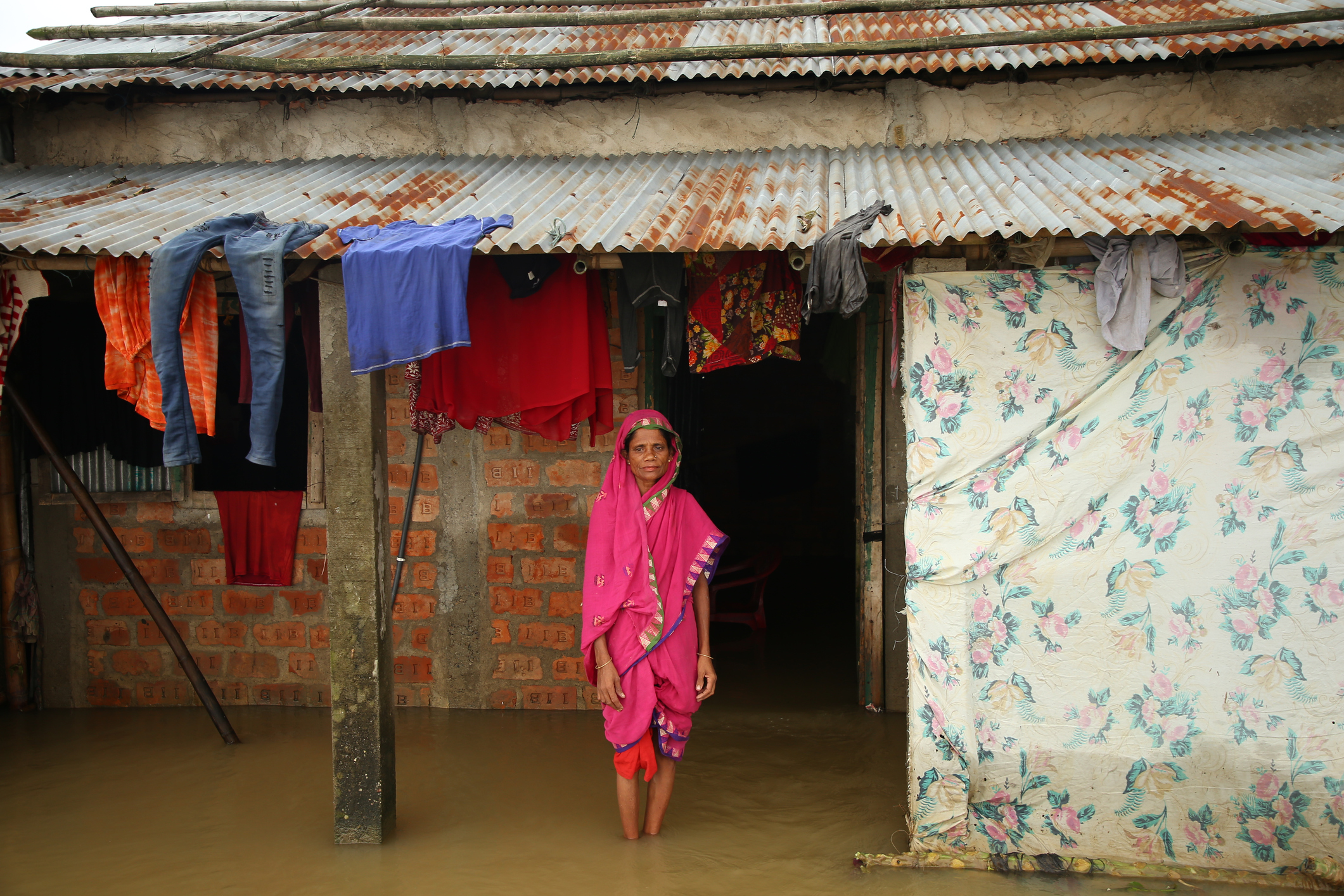There are widespread concerns in the developing world about the economic exploitation of land without consideration of natural capital, and the cultural capital linked to management of ecosystems. This column focuses on market or state-driven challenges to the viability of traditional communal management systems in the ecological settings of arid and semi-arid areas known as ‘rangelands’. Adequately accounting for the economic values of rangeland ecosystem services may increase the competitiveness of collective management relative to private or state ownership – supporting the preservation of this key part of the earth’s surface in the face of the threat of environmental degradation.
Despite the value of the ecosystem services provided by rangelands, particularly as a source of food and habitat for livestock and wildlife, their stewardship is being undermined by environmental degradation. Human-related factors play a considerable role in reducing the capacity of rangeland ecosystems to meet important ecological, social, cultural, and economic needs. This column explores research evidence on the effectiveness of policies to protect them, as well as the potential impact of collective action.
What are rangelands?
Rangelands are ecosystems consisting of native and/or naturalized vegetation used for grazing or browsing by wild and domestic animals. Management is restricted to grazing, burning, and control of woody plants.
Global estimates of rangelands vary widely between 18% and 80% of the earth‘s land surface. The estimates vary depending on the definition of rangelands and data sources. The Society for Range Management provides estimates of the global extent of major rangeland vegetation types as follows: grassland 42%, shrubland 23%, and woodland 12%, with the other vegetation types forming 23% of the earth‘s land surface.
In Kenya, rangelands are found in arid and semi-arid lands, which comprise over 80% of the country’s total area. These areas are home to approximately 38% of Kenya’s population and over 90% of the wildlife that support the national tourism sector. The arid and semi-arid lands also host about 70% of the livestock in the country, with an estimated value of 70 billion Kenyan shillings (around US$70 million).
Why rangelands are important
Rangeland ecosystems, like other natural resources, provide essential provisioning, supporting, regulating, and cultural services, both directly and indirectly. The main recognized direct service provided by rangelands is their contribution as a source of feed and habitat for livestock and wildlife.
But the ecosystems also provide important ecological services, ranging from protecting fragile soils, providing carbon dioxide sequestration, forming a habitat for wild fauna and flora, and acting as watersheds. Other benefits include the supply of cultural services, such as aesthetic beauty and intellectual stimulation, military training grounds, religious sites and recreational venues, among other uses.
Options for rangeland management
Regimes of rangeland resource management can either be communal, private, or state-controlled. Communal management of rangelands is defined by the collective use and ownership of natural resources, mainly pasture and water, with individual ownership of livestock. Private ownership is characterized by exclusive ownership of resources, including land, while under state ownership the natural resources are legally controlled by the state.
Communal management of natural resources under collective ownership systems has gained importance in managing and structuring the use of rangelands over private and state ownership, especially where equity and sustainability of the resources are concerned.
Communal arrangements of resource management present diverse livelihood options to users by providing access to a larger land area that provides water and pastures in both the dry and wet seasons. The system thus presents the necessary scale required to maintain the ecological function of the varied land surfaces associated with rangelands.
Furthermore, collective rights to land and land resources in rangelands provide a more equitable way of distributing variable resources and are associated with significant savings on transactions and production costs.
Challenges in sustainable management of common resources
Despite the traditional collective management systems being compatible with the ecological settings of arid and semi-arid areas, the viability of this system is weakening with increased market competitiveness, growing population, less appreciation of traditional systems in the modern era, and enhanced capabilities.
Other than the need to access capital markets and the pressures from the increasing number of individuals entitled to a share in a fixed land resource, changing opportunities brought about by market liberalization have posed a great threat to rangelands in developing countries.
The need to ‘internalize externalities’ resulting from increasing market opportunities and changes in relative prices has been a major driving force towards exclusive property rights in most rangelands in the developing world. Greater capabilities, on the other hand, provide exit options for households from managing range resources collectively. While increased capabilities liberate users to pursue their interests, their efforts influence individual benefits with no wider benefits to all.
The effect of weakened collective management of rangeland resources has been unprecedented land use changes, especially in the most fertile rangelands – that is, semi-arid lands. This has left the remaining rangelands with less ecological variability than is needed given the ecological condition characterizing these ecosystems.
The combined processes of subdivision, exclusion, and inhibition brought about by changes in management regimes exacerbate the processes of environmental degradation. The remaining marginal lands are used intensively beyond their capacity, leading ultimately to increased levels of poverty and insecurity as users compete over declining resources.
Facilitating conditions for sustainable management systems
Adequately accounting for the economic values of rangeland ecosystem services may increase the competitiveness of collective management of rangelands relative to private or state ownership. This would not only make the communal management systems more valuable but also provide avenues for diversifying means of livelihoods for users.
The economic benefits identified with communally managed rangelands beyond the traditional uses include carbon trade, solar/wind energy generation, trading native products, tourism and payment of ecosystem services. Furthermore, presenting short-term rewards for cooperation in the management of range resources could increase the benefits for individuals associated with cooperation, and thus encourage collective management of natural resources.
This could be in the form of increased collective service delivery such as access to rangeland product markets; access to information on market prices on a near real-time basis; empowerment of users to participate in niche markets; facilitating capacity-building of local groups through the expansion of extension services through ‘farmer field schools’ and vocational training; and enhancing the presence of external supporting actors, such as the private sector at the grassroots.
Strategies for sustainable management of rangeland resources, especially in areas already experiencing a strain on resources, call for adaptive management strategies. Investments in innovative practices, such as fodder conservation and pasture establishment, are likely to improve the resilience of ecosystems, and mitigate the inherent risks associated with resource constraints.
Programs such as index-based livestock insurance have been shown to protect rangeland resources and livelihoods and thus should be expanded beyond pilot areas where they are currently confined. Lastly, tenure arrangements with overlapping interests in land should be exploited to hedge against natural and economic conditions, especially during dry periods.






